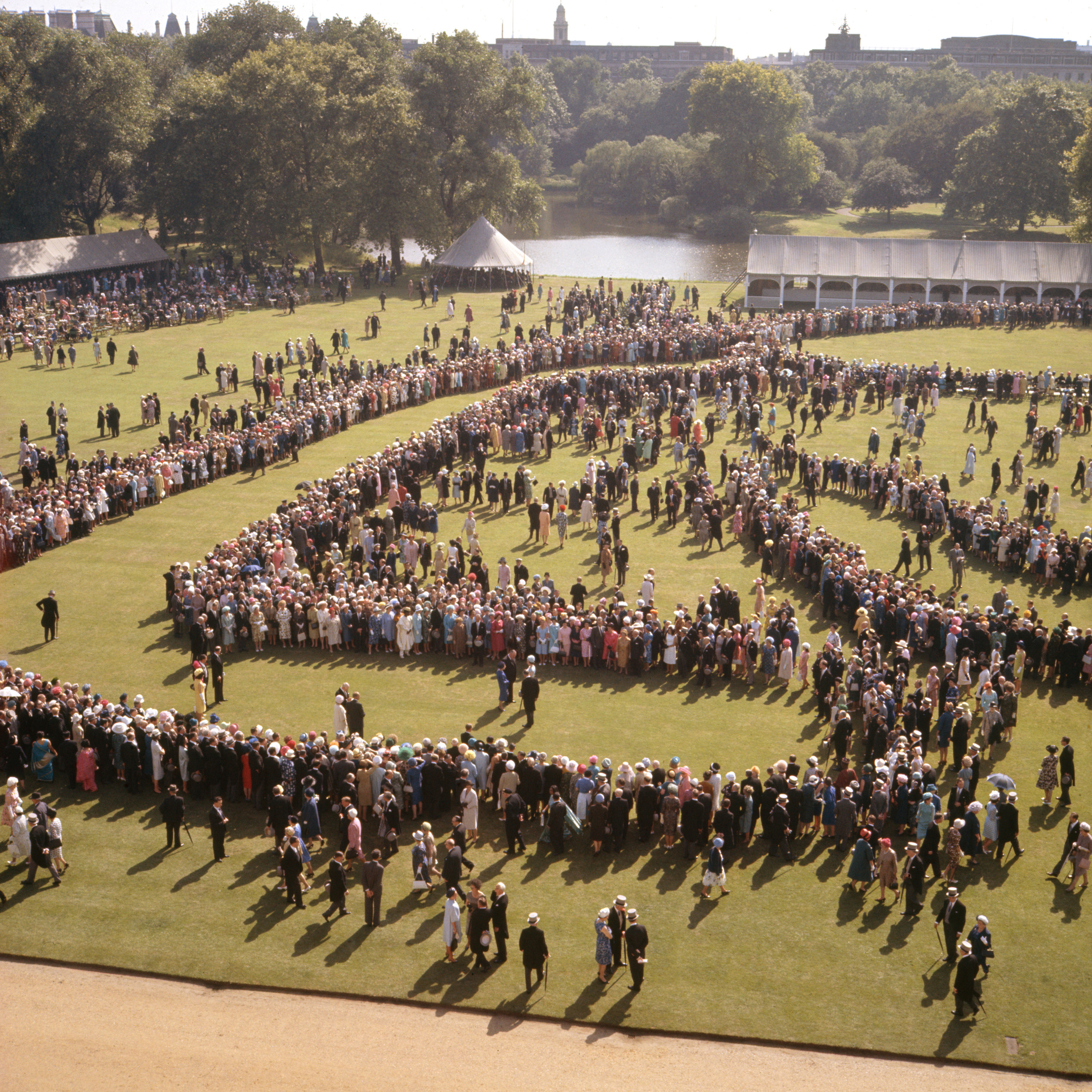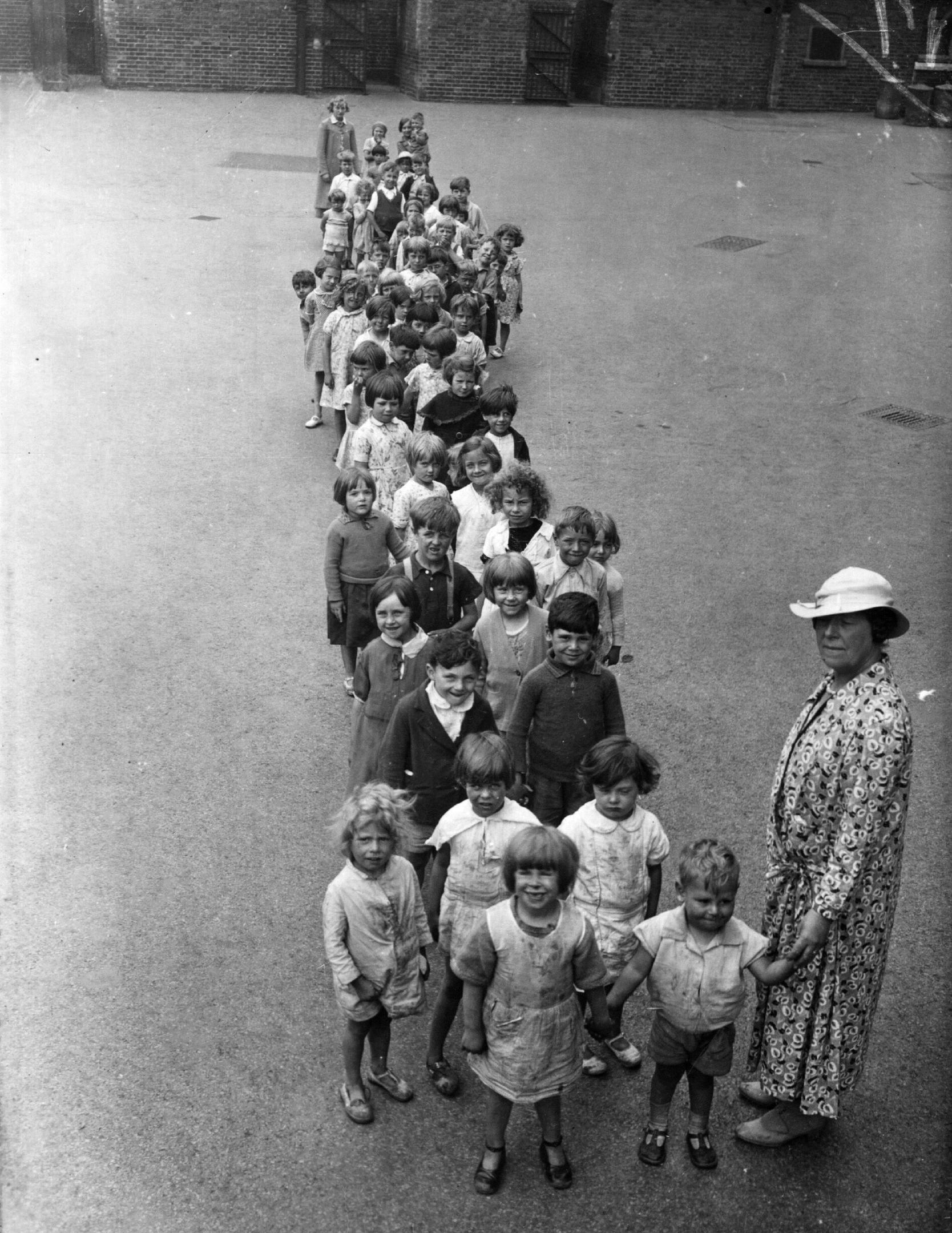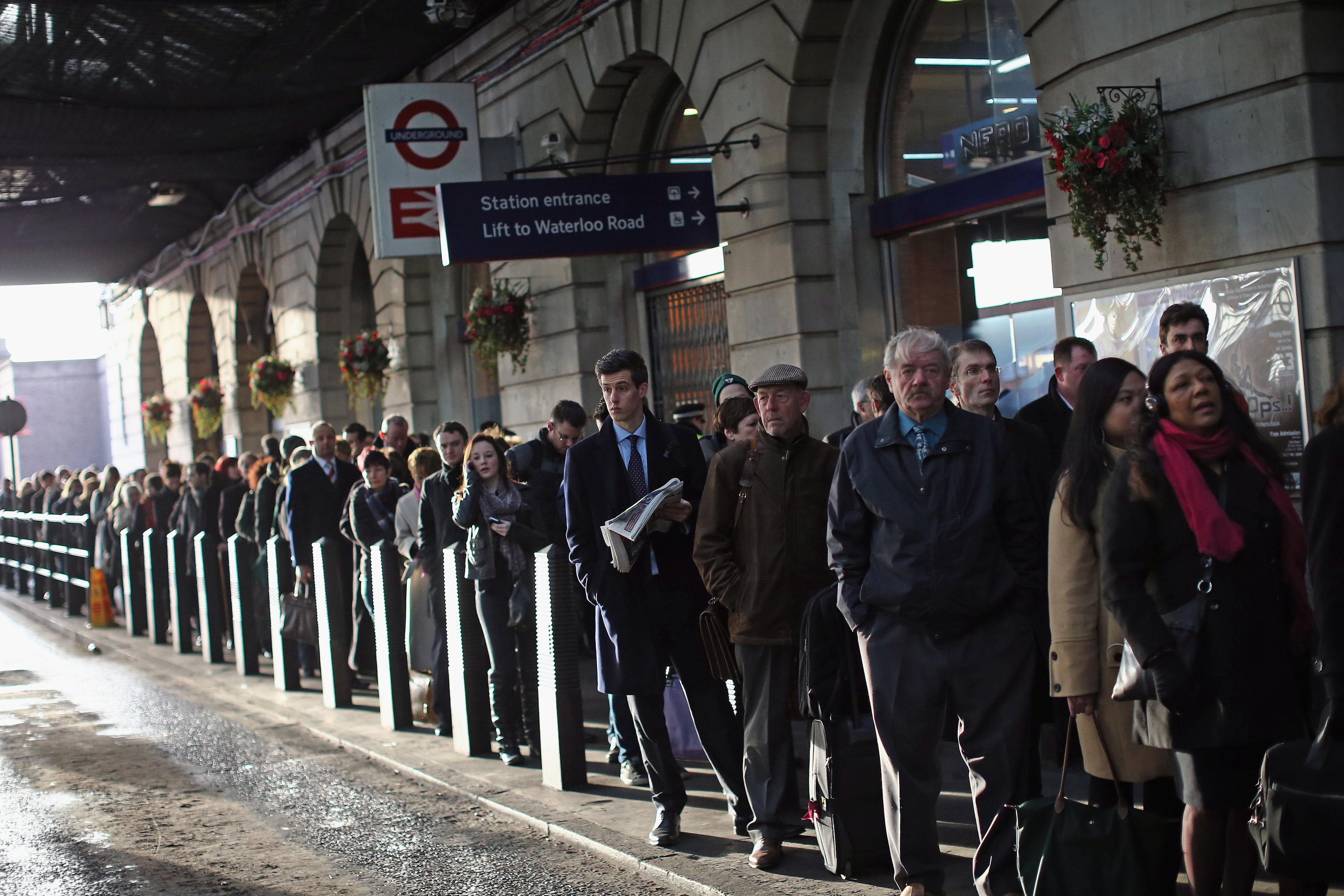
WE’RE said to be a nation of shopkeepers and we’re definitely a nation used to queuing.
From the morning commute to the weekly shop, our life has become one long procession of waiting in line. A new report from Which? reveals that Asda has the longest queues of the major supermarkets.
But it seems that you can ease the wait just by the simple step of joining a line to your left, not right.
Bill Gibb takes a look at the nation’s time-wasting trial.
Of four dozen queues tested, Asda had the longest average wait of four minutes and 52 seconds and the longest queuing time of 12 minutes and 48 seconds.
Tesco was quickest, at an average two minutes and 43 seconds.
More than a third of shoppers cite long queues as their biggest bugbear and most likely to put them off a retailer.
Experts say it is quickest to join a left-hand line. As 90% of people are right-handed, most will instinctively move to a queue on their right.
It’s estimated that British retailers lose £4000 a day because queues put people off buying.
Trolleys with sensors embedded in the wheels now alert store managers when shoppers are heading towards the checkouts, so they know if they require more staff.
Look to find a queue with more men in it. Studies have shown they are more impatient and therefore more likely to give up and leave.
Theme parks and other major attractions increasingly use a procedure whereby customers can log on and pay a premium to pre-book a place at the front of lines at set times. The company behind the system says it has saved more than five billion minutes of queue time.
The word queue comes from a Latin word “cauda” meaning “tail” and one of the earliest mentions is by Scottish historian Thomas Carlyle. He praised the French in 1837 for their ability for “standing in a queue”.
Pick a queue with the fewest people, not the smallest number of items in baskets, as it’s the payment process that takes the time.
Historians say people started becoming used to queuing by the early 18th Century as the industrial revolution brought the masses together in towns and cities for the first time.
Older shoppers were found to be the most patient in one survey, with over-55s happy to wait for more than four minutes if necessary.
The British reputation for polite queuing became established in the Second World War with propaganda posters stressing the fairness of everyone taking their turn. But there were still skirmishes when non-rationed items went on sale.
Cash-only queues are quicker than those taking cards.
Three-quarters (73%) of consumers surveyed said staff not serving customers when there’s a long queue was their top gripe. This was followed by people who skip the queue (72%), queues without a clear system (66%), people who slow the queue (46%) and staff not apologising for a long queue (9%).
Chaos still ensues and queues break down when bargains are to be had. Stores had to improve security last Black Friday after shocking scenes the year before. And 3000 people forced their way into a new London Primark store in spite of the presence of 50 guards.
The fastest queuing system is said to be the so-called serpentine line – one long, winding line where you wait to be called to the next free staff member. It stops one person holding up an entire line.
READ MORE
Raw Deal: Have you been stuck in a call centre queue waiting to talk to a real person?
Up to one in 10 ScotRail trains have run late since Abellio took control

Enjoy the convenience of having The Sunday Post delivered as a digital ePaper straight to your smartphone, tablet or computer.
Subscribe for only £5.49 a month and enjoy all the benefits of the printed paper as a digital replica.
Subscribe
